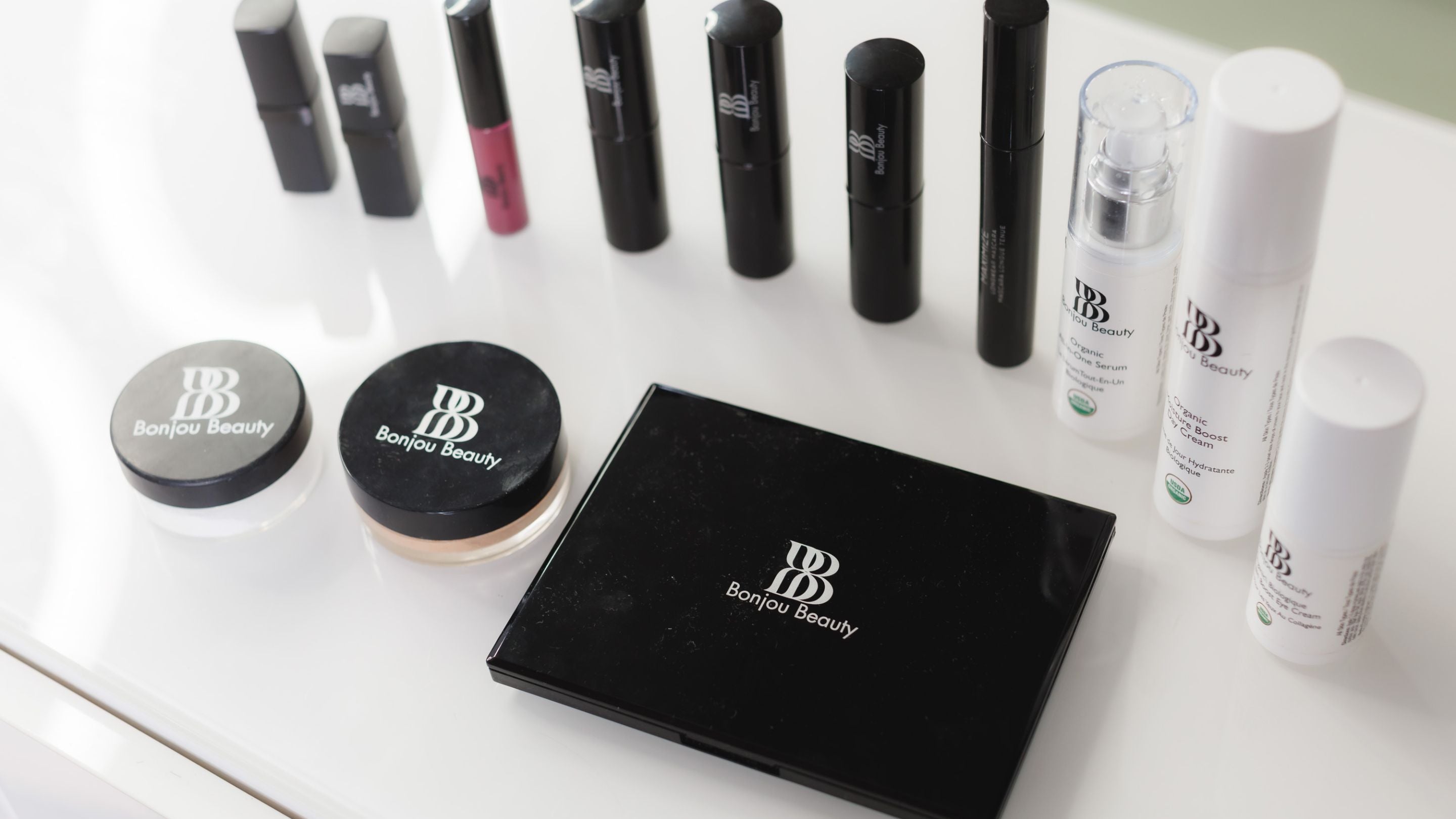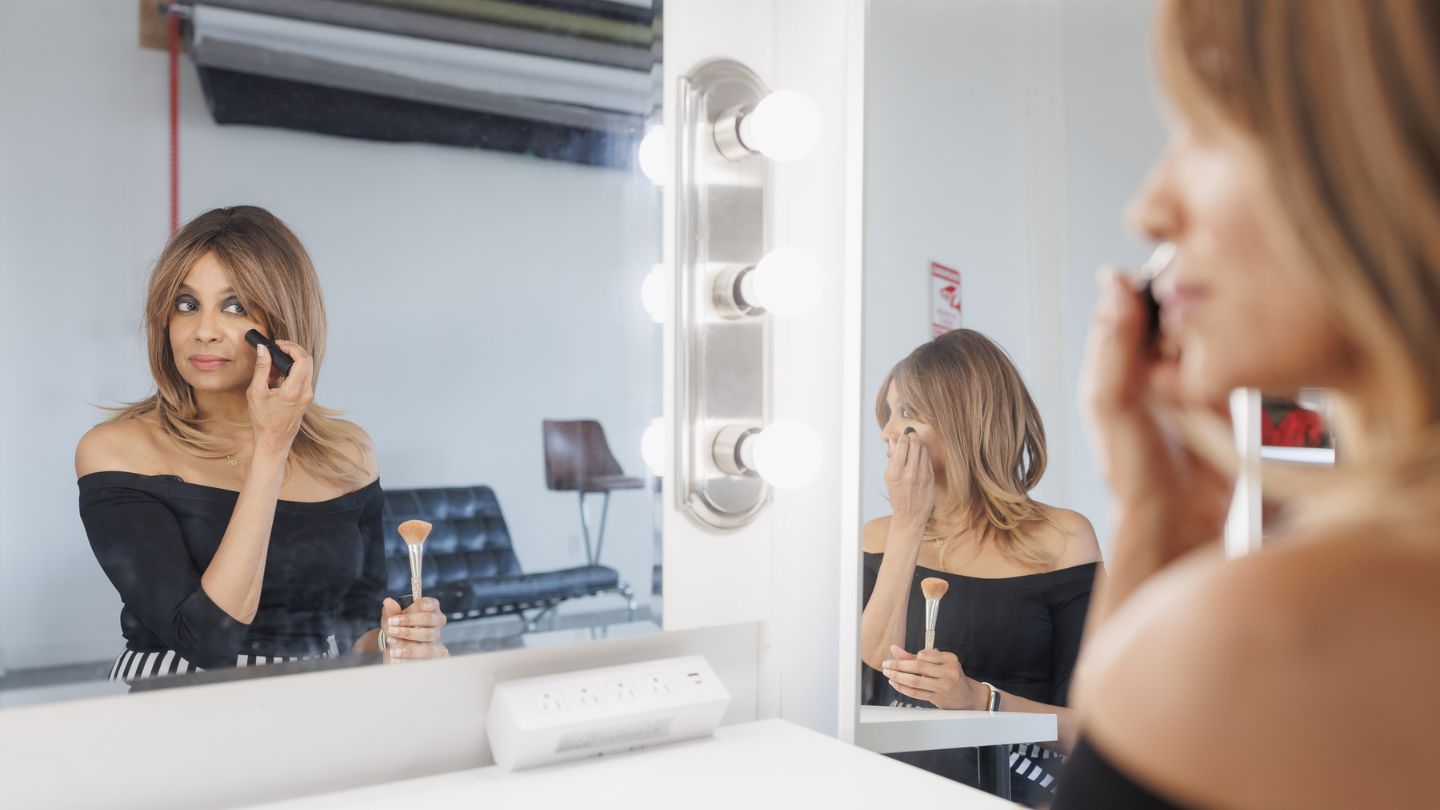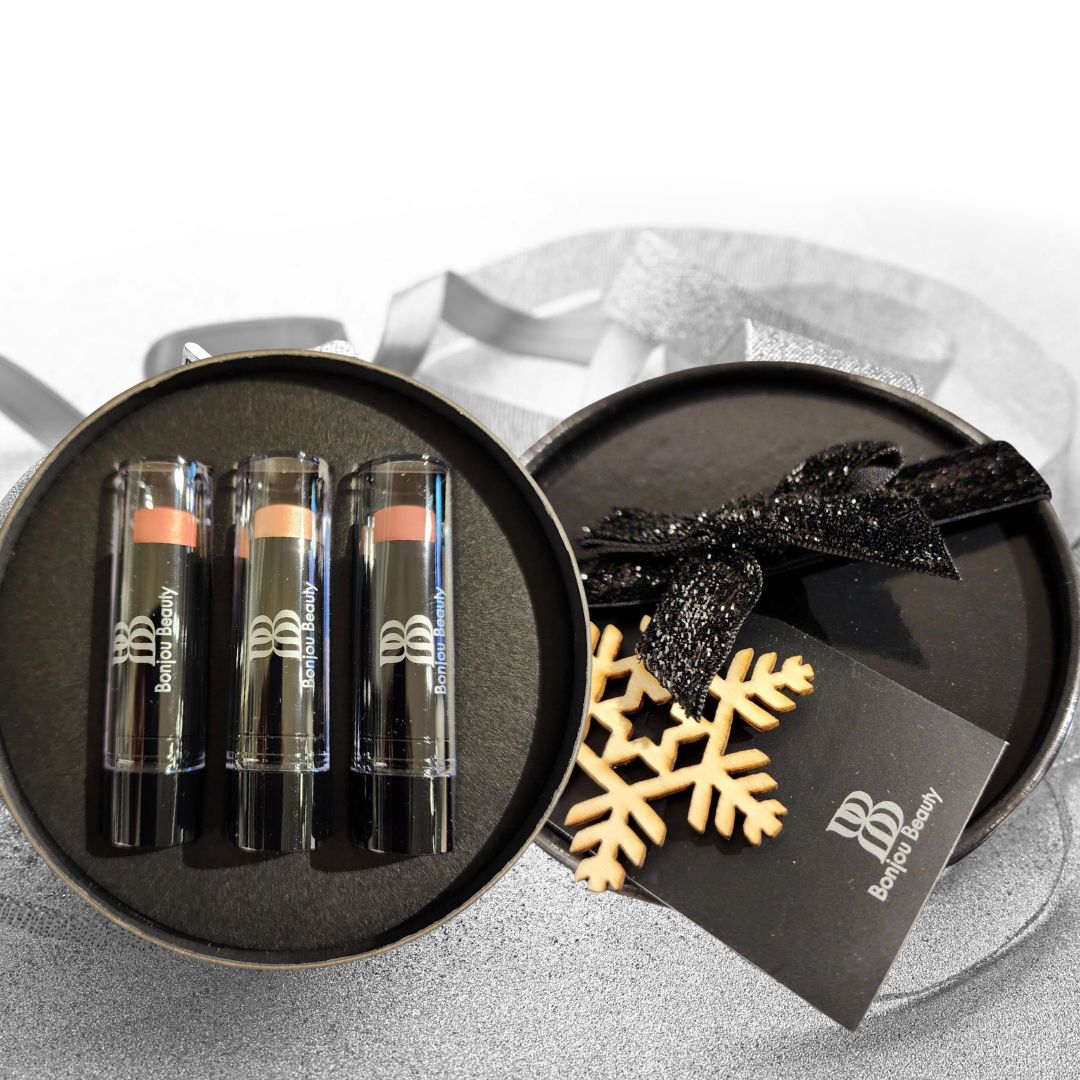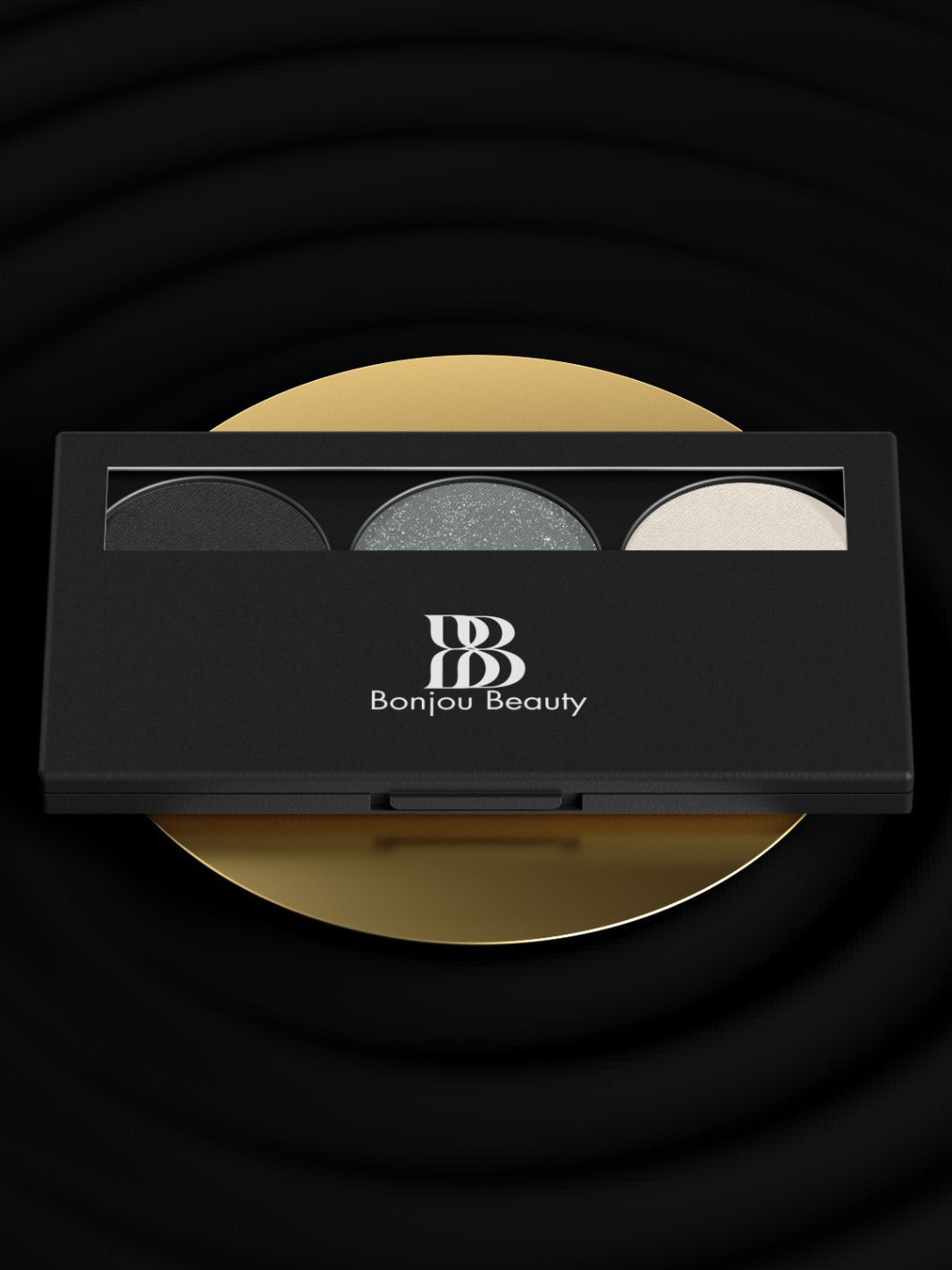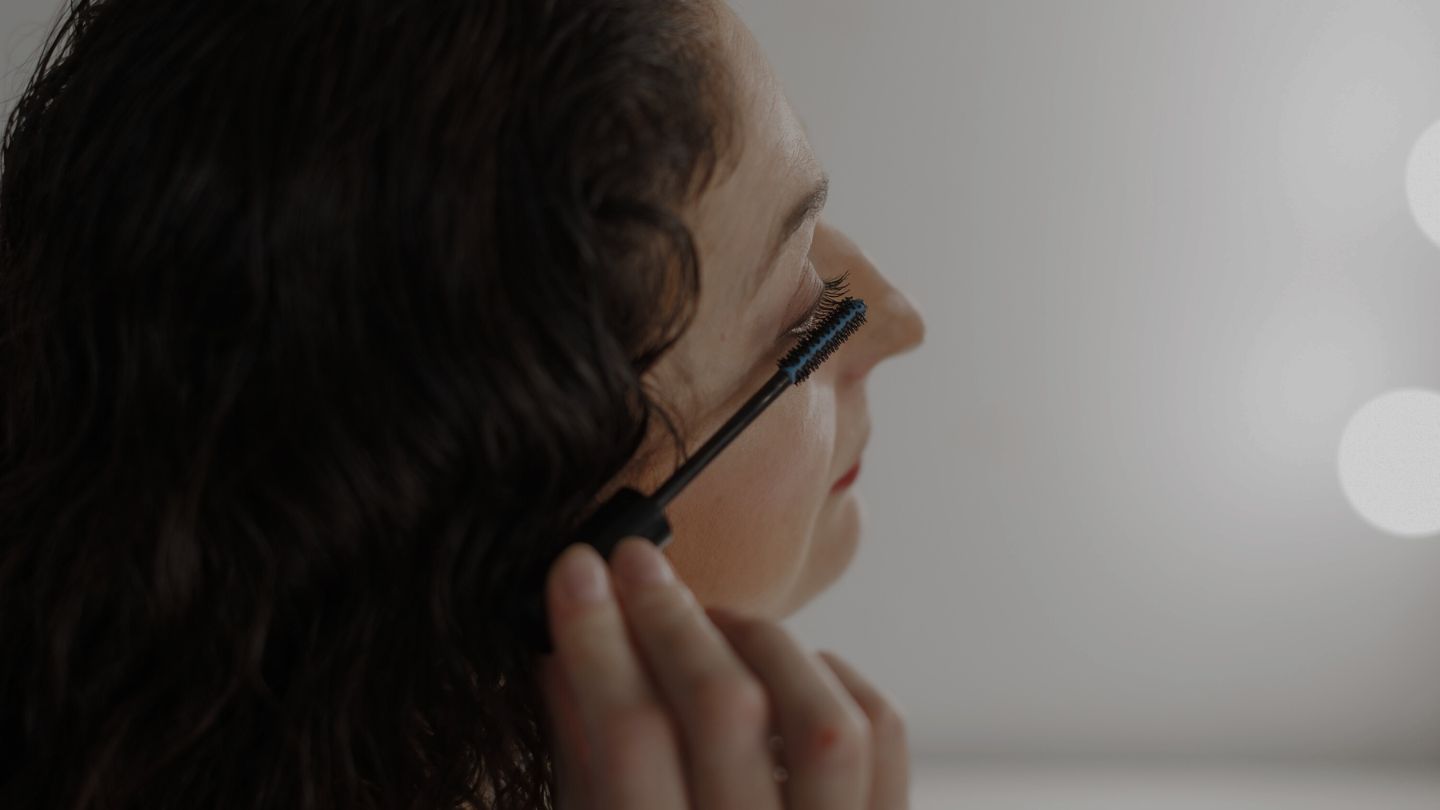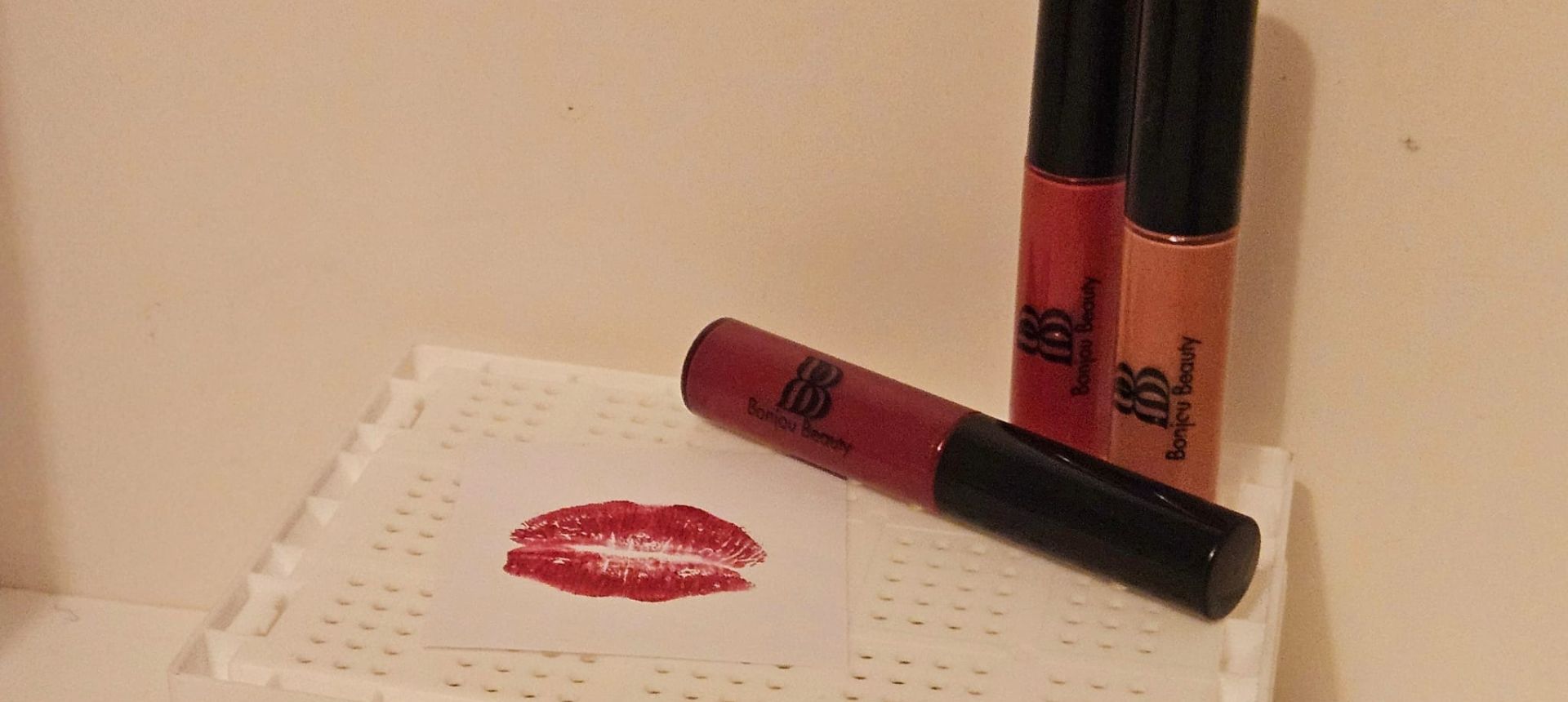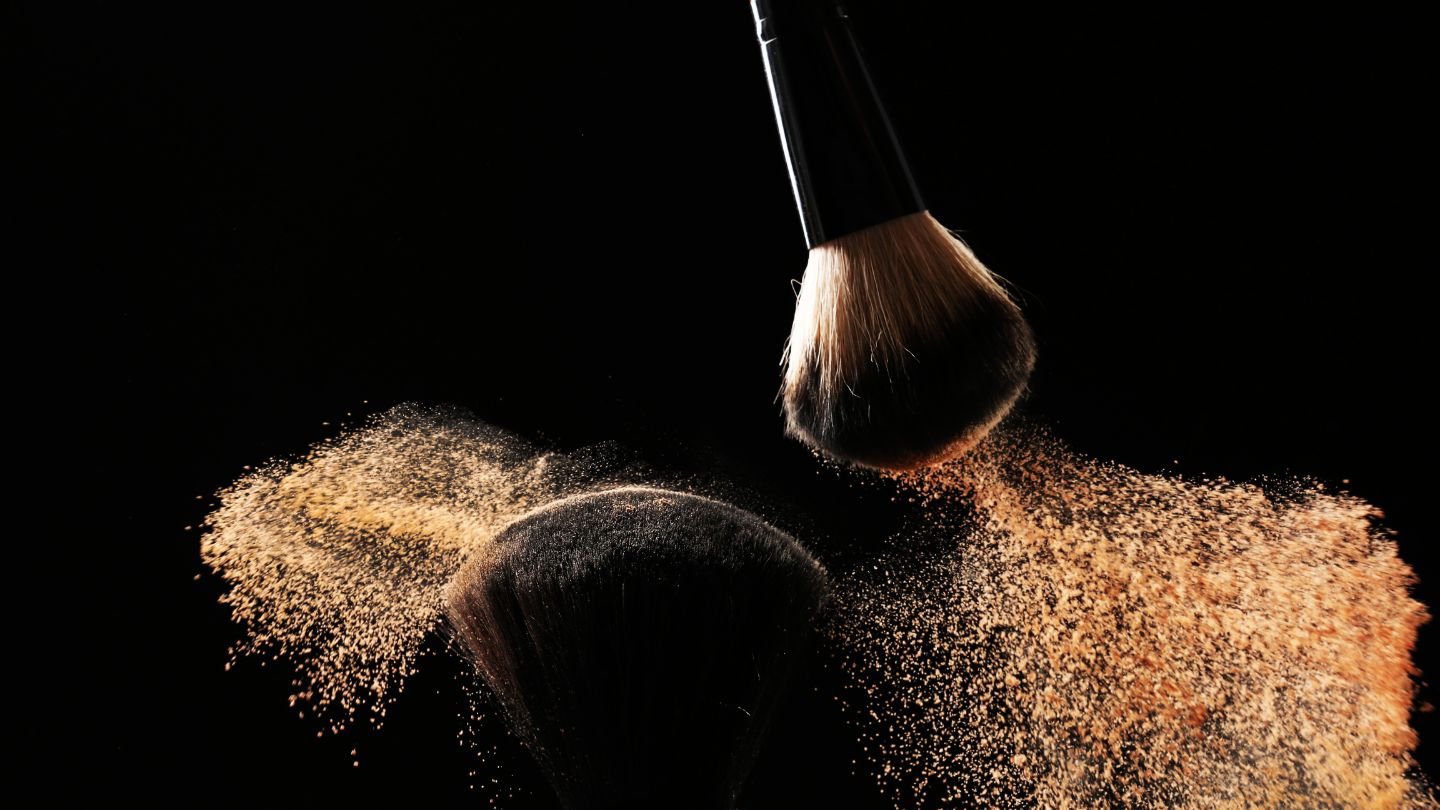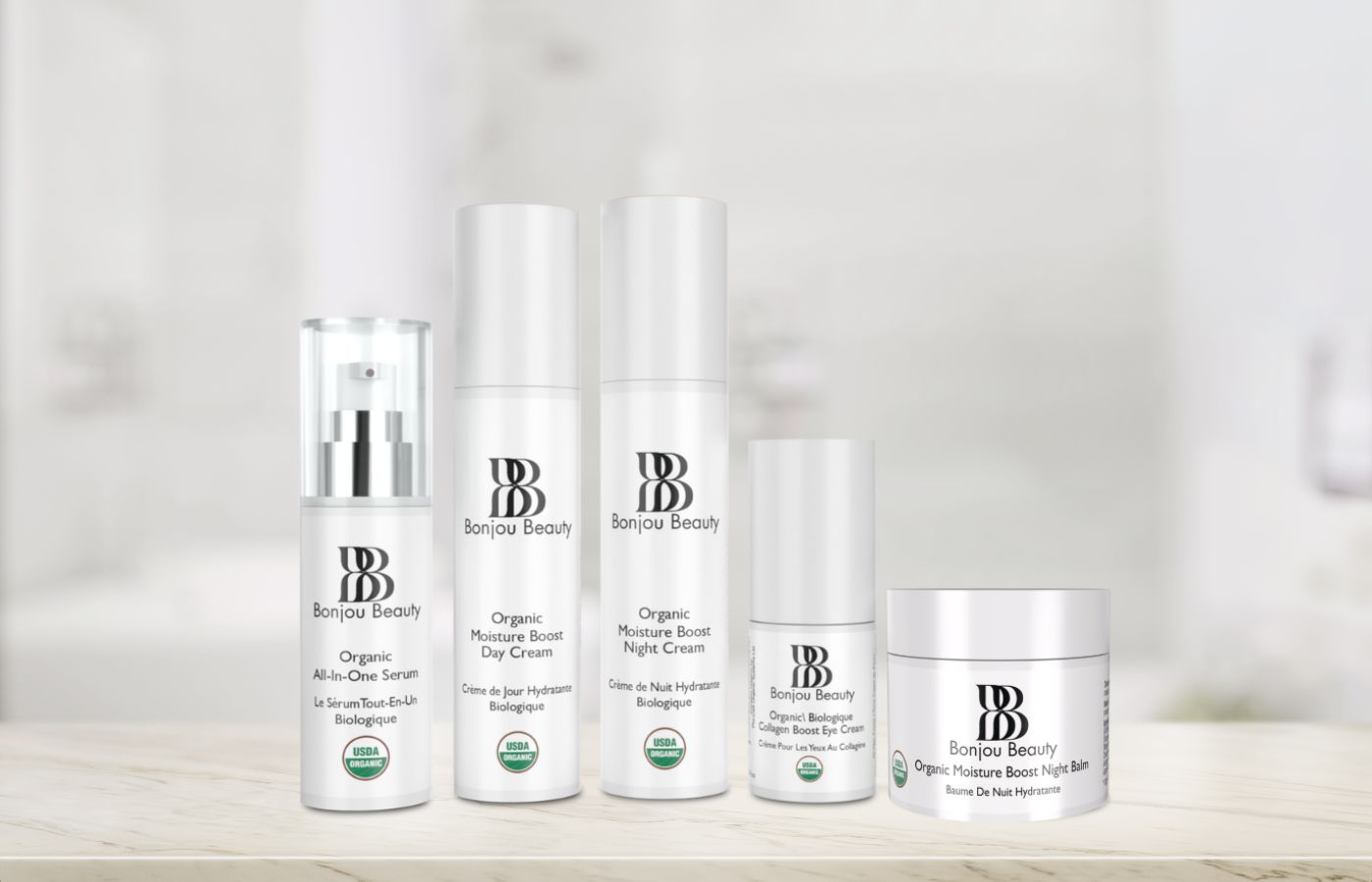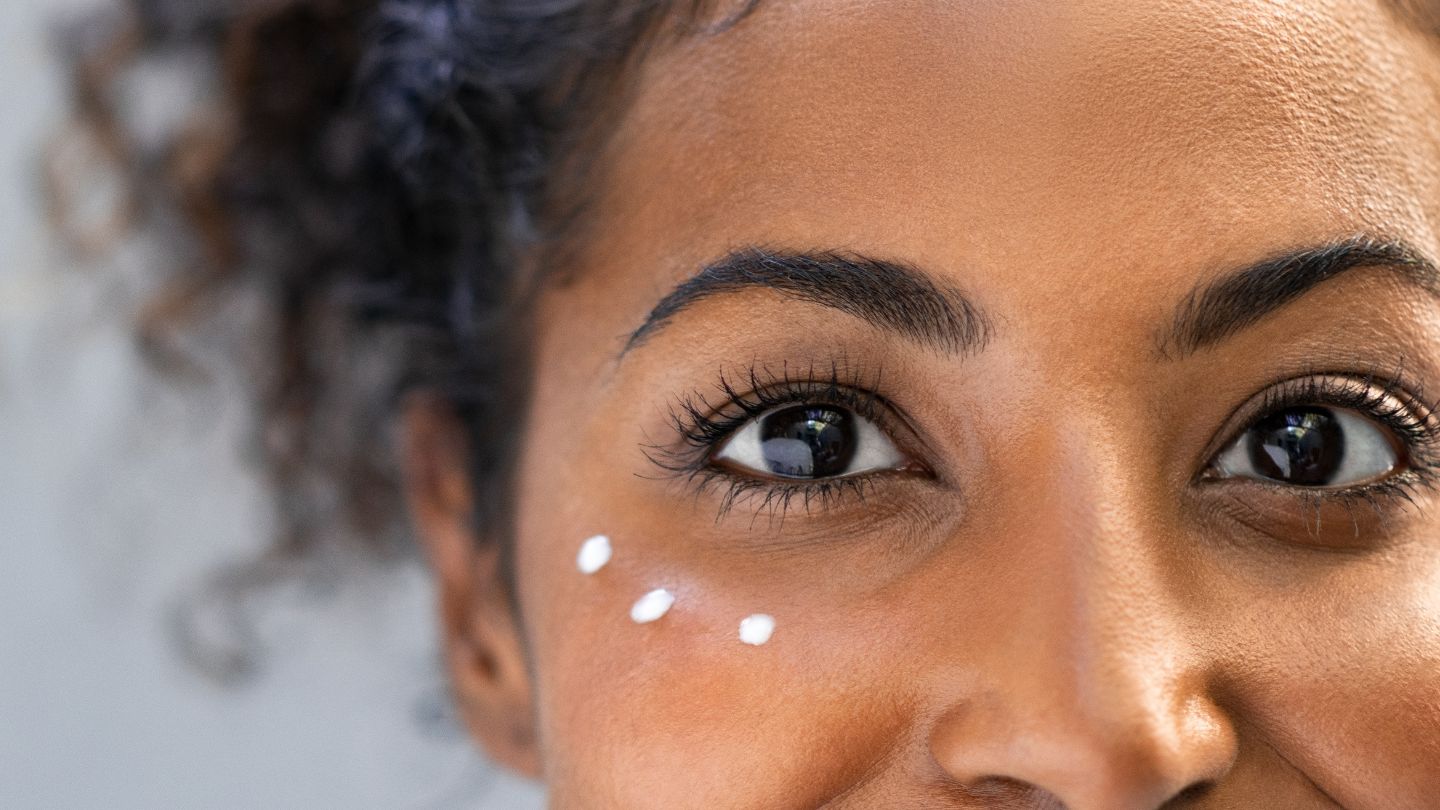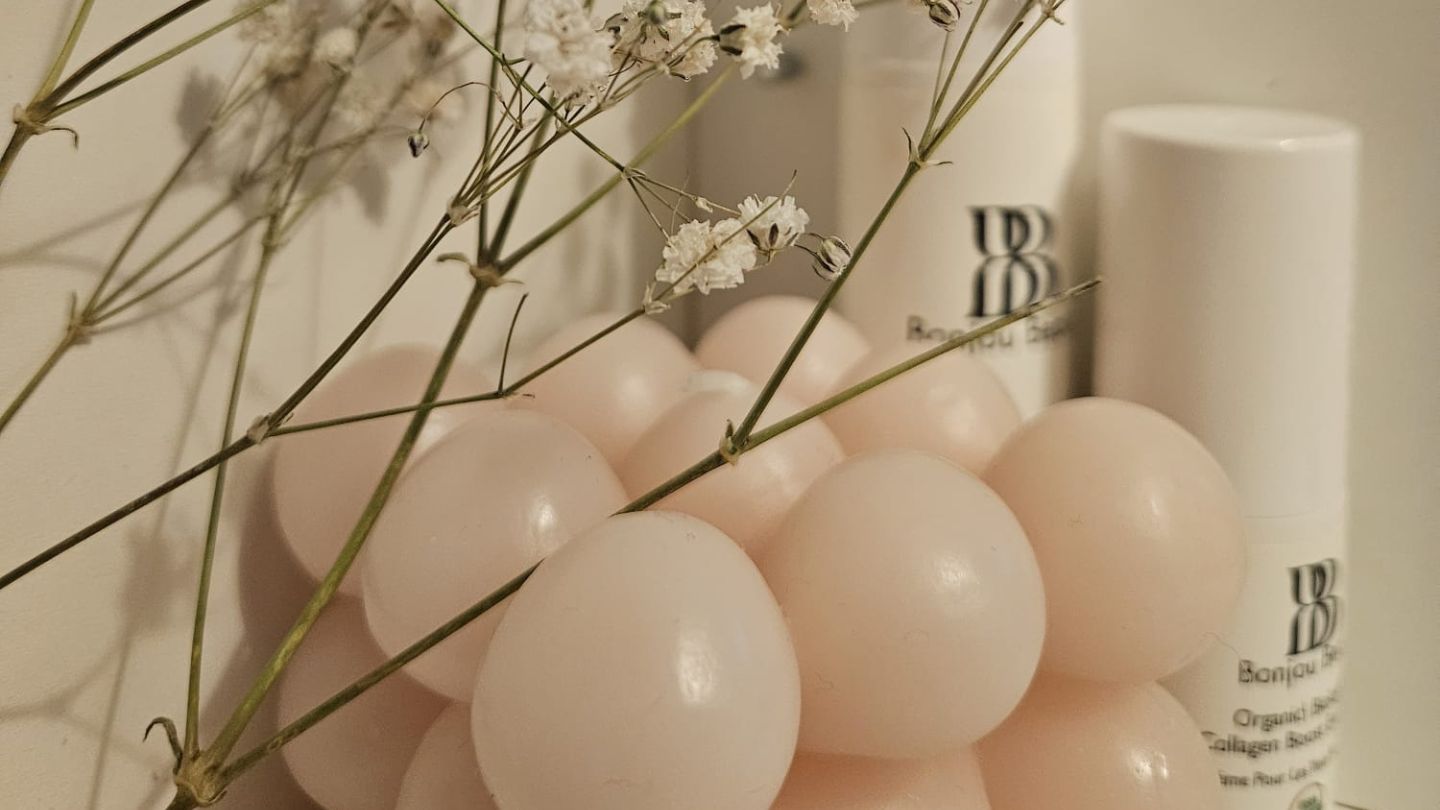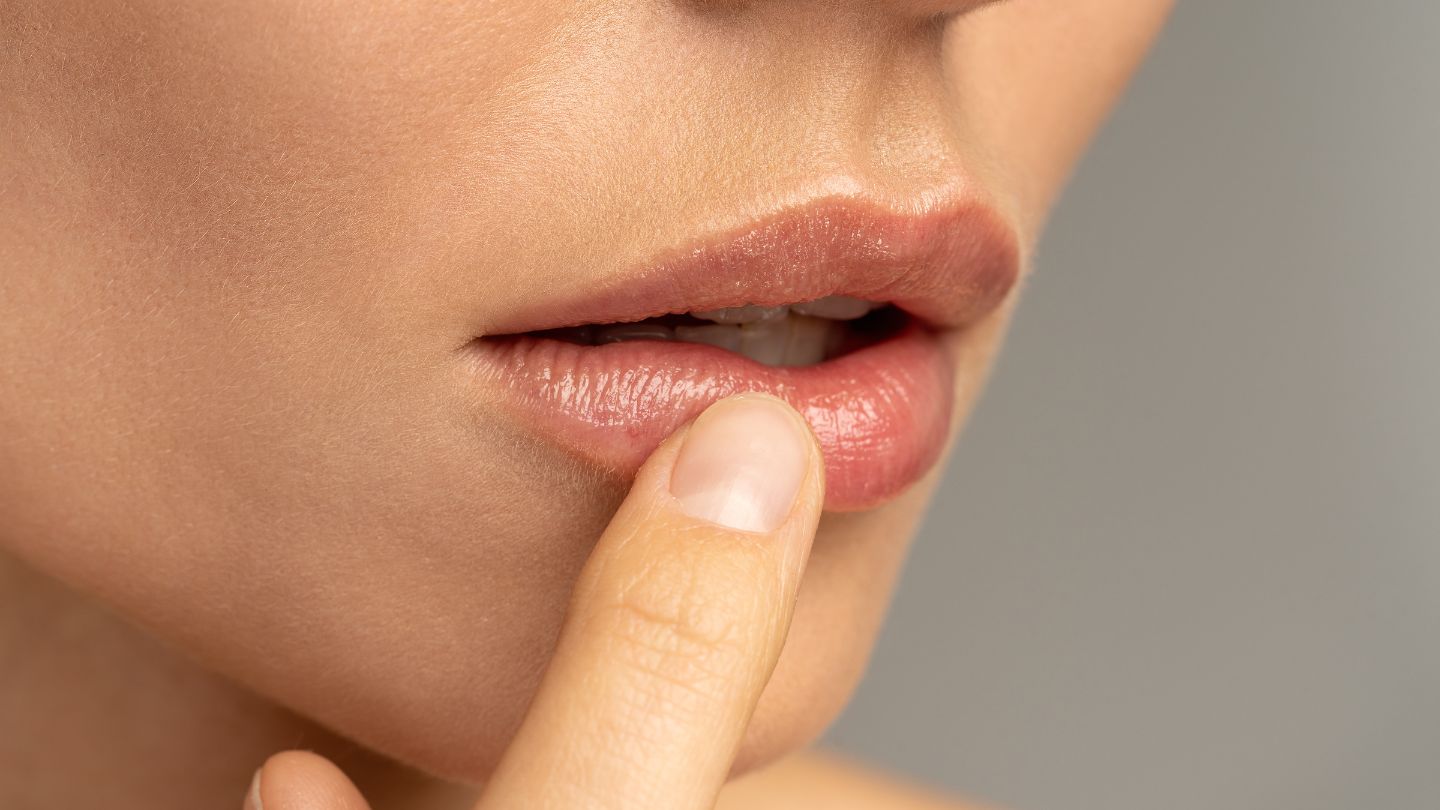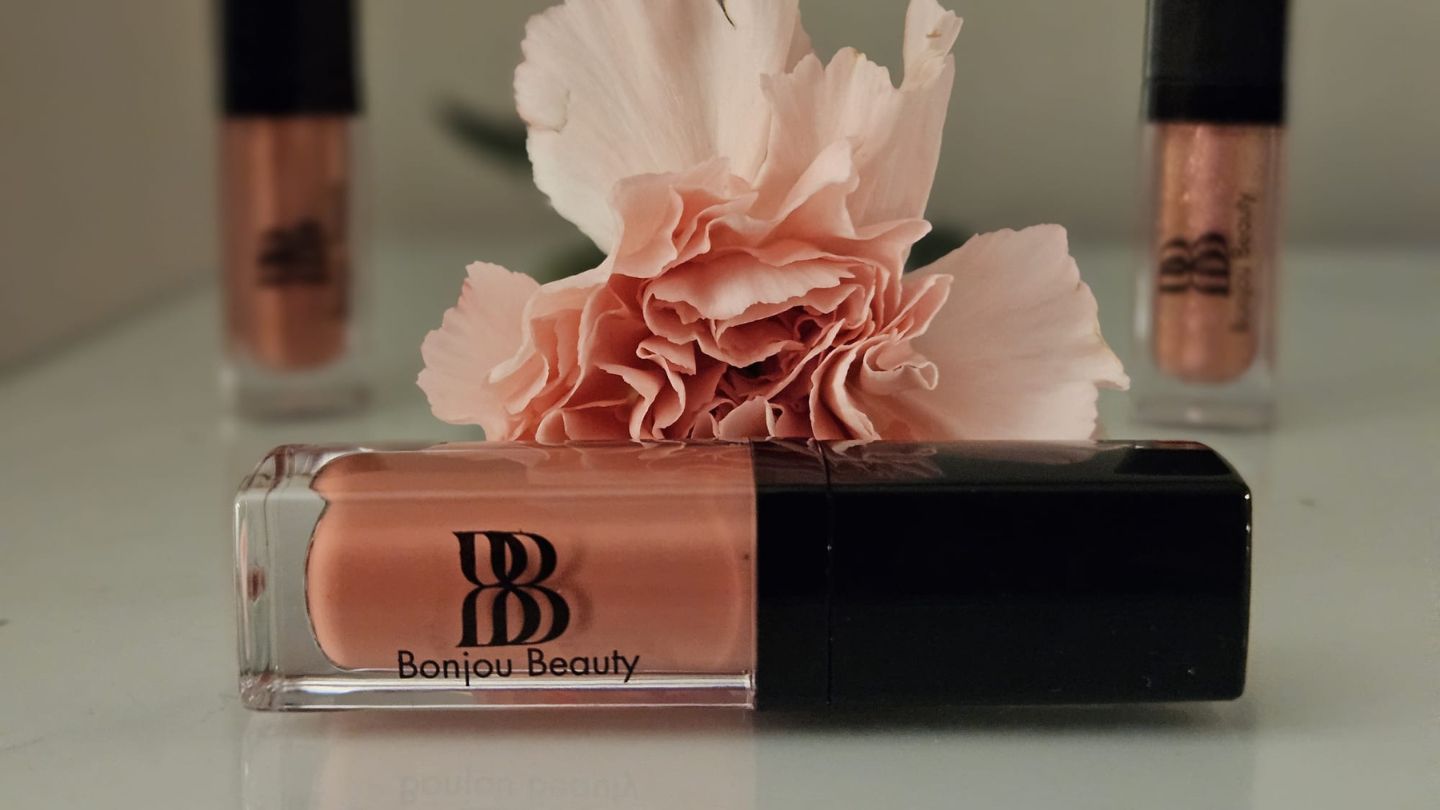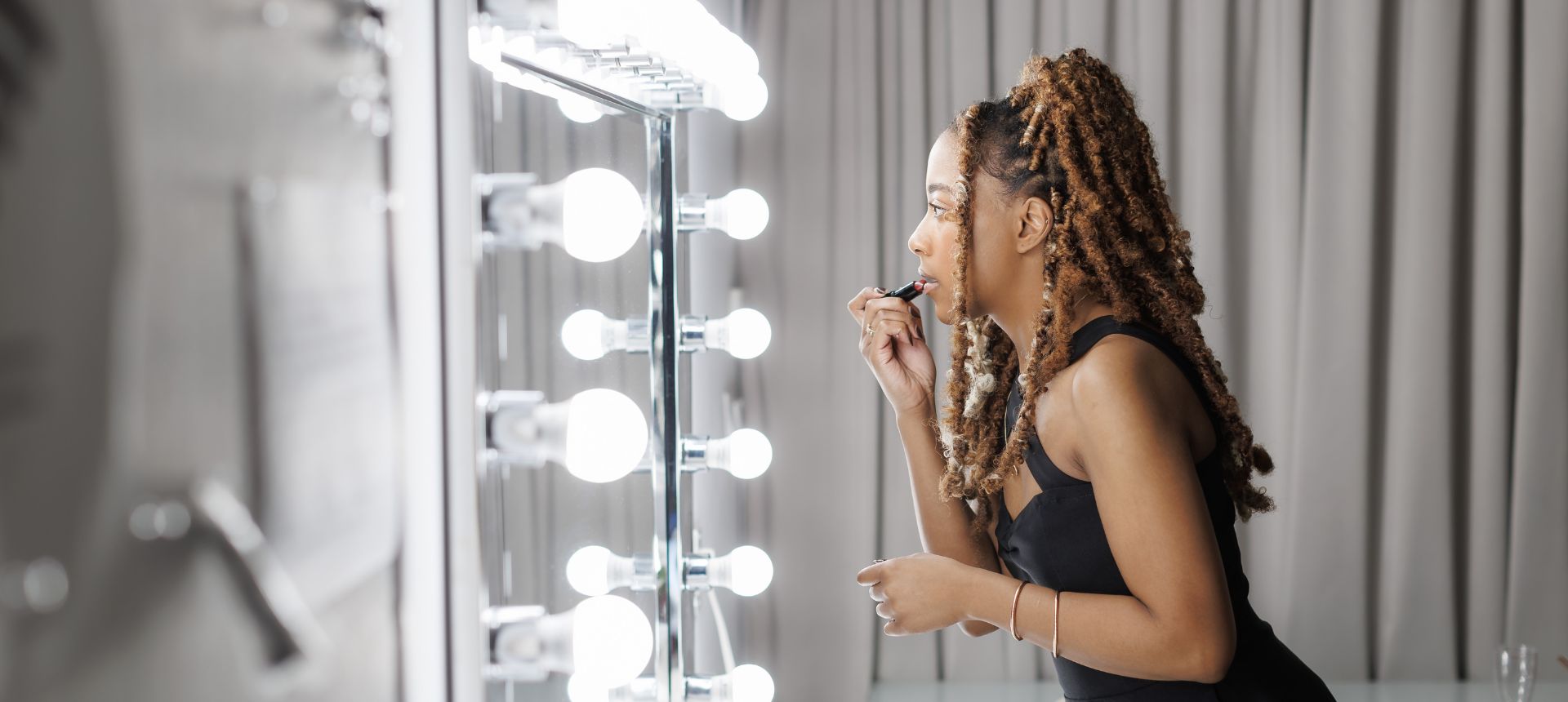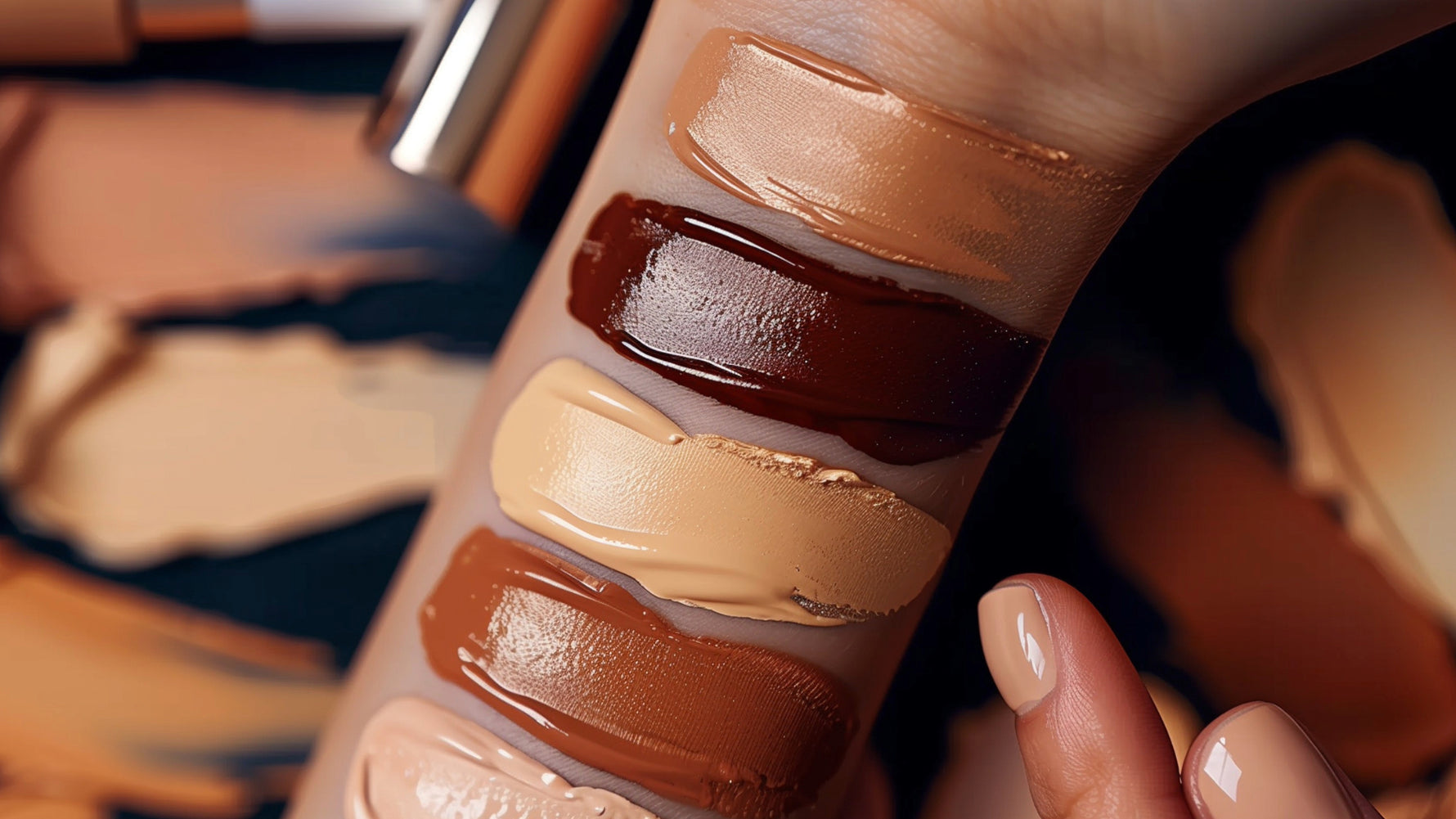The list below isn't comprehensive but includes some of the alternate names you might see them listed as on your bottles.
Important to note: Look for the acronyms or alternate names on labels when shopping for beauty products because for known toxic chemicals, companies often use the alternate names.
15 bad ingredients for your skin
1. Formaldehyde
Even though formaldehyde is a known carcinogen, it's still a fairly common ingredient in many cosmetic products like hair straightening products, nail polish, eyelash glue and more.
On labels, you also want to look for the following:
You probably won't see the word formaldehyde on a label, so look for methylene glycol or formalin.
2. Formaldehyde releasers
It's not just formaldehyde that you need to look for; there are preservatives in your cosmetics that can release formaldehyde.
On labels, you also want to look for the following::
- Bronopol
- DMDM hydantoin
- Diazolidinyl urea
- Imidazolidinyl urea
- Quaternium-15
3. Per- and Polyfluoroalkyl Substances (PFAS)
PFAs are also known as the "forever chemicals" because they can last in your system and the environment for a long time. In addition to sunscreen and haircare products, mascaras and eyeliner (especially waterproof ones), nail polish and lotions are some of the items you'll find PFAs.
On labels, you also want to look for the following:
- Perfluoroperhydrophenanthrene
- Phenanthrene
- Tetracosafluorotetradecahydro- Phenanthrene
- Tetracosafluorotetradecahydrophenanthrene
4. Teflon (PFTE)
Yes, Teflon is a thing in makeup. It's the brand name for Polytetrafluoroethylene (PTFE) and is a form of PFA. It's sometimes added to cosmetics to improve the texture, and studies have shown that it's linked to hormone disruption and reproductive issues for some people.
On labels you want to look for:
- Ethene, Tetrafluoro, Homopolymer
- Polytetrafluoroethylene
- PTFE
- PTFE (Teflon)
- Teflon
- Tetrafluoroethene Homopolymer
5. Polyethylene glycol (PEGs)
PEGs have been found to be skin irritants because they're potentially petroleum-derived. PEGs are used as thickeners in cosmetics and can be found in foundations, skin creams, lipsticks, lotions, sunscreens – many cream-based products.
On labels you want to look for:
- PEG – followed by a number like 10, 30, 80, 100
- The lower the number, the easier it absorbs into your skin
- Polyethylene glycol
6. Synthetic fragrances
Synthetic fragrance is used as a term for hundreds of chemical mixtures that a company isn't required to disclose. When you see fragrance, parfum or aroma on a label, it makes it harder to tell people's reactions. Fragrance mixes have been linked to allergies, dermatitis, respiratory issues and more.
On labels you want to look for:
- Fragrance
- Parfum
- Aroma
- Flavour (flavor)
7. Phthalates
Phthalates are a compound that hides under the fragrance term. They are used in some brands as an adhesive for eyelashes, nail polish, perfume and more. Studies have shown that phthalates are endocrine disrupters and harm the environment.
On labels you want to look for:
- DBP (dibutyl phthalate)
- DINP (diisononyl phthalate)
- DEP (diethyl phthalate)
- DEHP (di-2-ethylhexyl phthalate)
- DMP (dimethyl phthalate)
- BBP (benzyl butyl phthalate)
- DNOP (di-n-octyl phthalate)
- DIDP (diisodecyl phthalate)
8. Carbon black
Carbon black is commonly found in mascara and eyeliner. It's a material produced by partial burning of coal and coal tar, vegetable matter, or petroleum products, including fuel oil. It has links to allergies, reproductive toxicity and possible links to cancer when inhaled.
On labels you want to look for:
- Acetylene Black
- Animal Bone Charcoal
- Carbon Black (Uncertified D&C Black No. 2)
- Channel Black
- Pigment Black 6
- Pigment Black 7
I hope you find these helpful as you look for your skincare and makeup products. I'll post part 2 next with 7 more ingredients.
